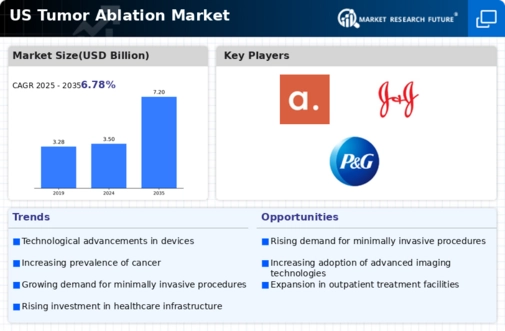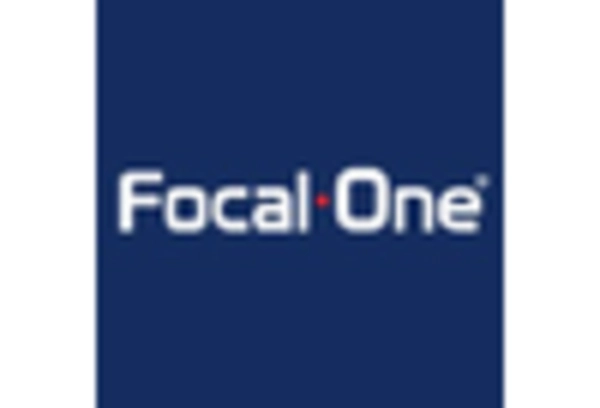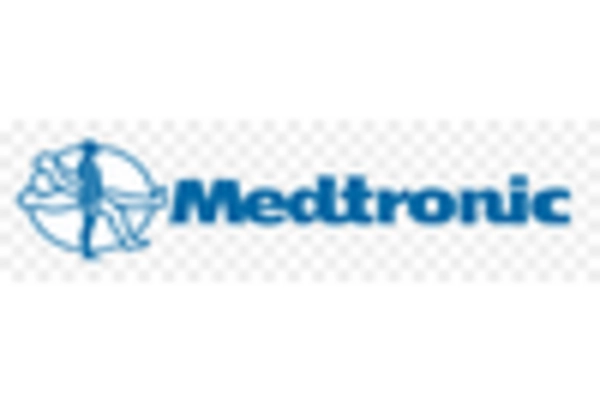Rising Incidence of Cancer
The increasing incidence of cancer in the US is a primary driver for the tumor ablation market. According to the American Cancer Society, an estimated 1.9 million new cancer cases are expected to be diagnosed in 2025. This surge in cancer cases necessitates effective treatment options, including tumor ablation, which is favored for its minimally invasive nature. As healthcare providers seek to address this growing patient population, the demand for tumor ablation technologies is likely to rise. Furthermore, the aging population, which is more susceptible to cancer, contributes to this trend. The tumor ablation market is thus positioned for growth as it adapts to meet the needs of an expanding patient demographic.
Increased Funding for Cancer Research
Increased funding for cancer research is another significant driver of the tumor ablation market. Government and private organizations are investing heavily in cancer research initiatives, with the National Cancer Institute's budget reaching approximately $6 billion in 2025. This funding supports the development of new ablation technologies and clinical trials that validate their effectiveness. As research progresses, the tumor ablation market is likely to see the introduction of innovative products and techniques that enhance treatment options for patients. This influx of funding not only fosters innovation but also raises awareness about the benefits of tumor ablation, potentially leading to higher adoption rates.
Regulatory Support for New Technologies
Regulatory support for new technologies is playing a crucial role in shaping the tumor ablation market. The US Food and Drug Administration (FDA) has streamlined the approval process for innovative medical devices, which encourages manufacturers to bring new ablation technologies to market. This regulatory environment fosters competition and innovation, allowing for a wider array of treatment options for patients. As new devices receive approval, the tumor ablation market is likely to expand, offering healthcare providers more choices in their treatment arsenal. This support not only enhances patient care but also stimulates market growth as new technologies emerge.
Technological Innovations in Ablation Techniques
Technological advancements in ablation techniques are significantly influencing the tumor ablation market. Innovations such as radiofrequency ablation, microwave ablation, and cryoablation are enhancing the efficacy and safety of procedures. For instance, radiofrequency ablation has been shown to achieve tumor control rates of up to 90% in certain cancers. These advancements not only improve patient outcomes but also expand the range of treatable tumors, thereby increasing the market's potential. The tumor ablation market is witnessing a shift towards more sophisticated devices that offer real-time imaging and precision targeting, which could lead to a broader acceptance of these techniques among healthcare professionals.
Growing Awareness and Acceptance of Minimally Invasive Procedures
There is a growing awareness and acceptance of minimally invasive procedures among patients and healthcare providers, which is driving the tumor ablation market. Patients increasingly prefer treatments that offer shorter recovery times and reduced hospital stays. Studies indicate that minimally invasive techniques can lead to a 50% reduction in recovery time compared to traditional surgical methods. This shift in patient preference is prompting healthcare providers to adopt tumor ablation as a viable treatment option. The tumor ablation market is thus benefiting from this trend, as more patients seek out these less invasive alternatives for cancer treatment.

















Leave a Comment